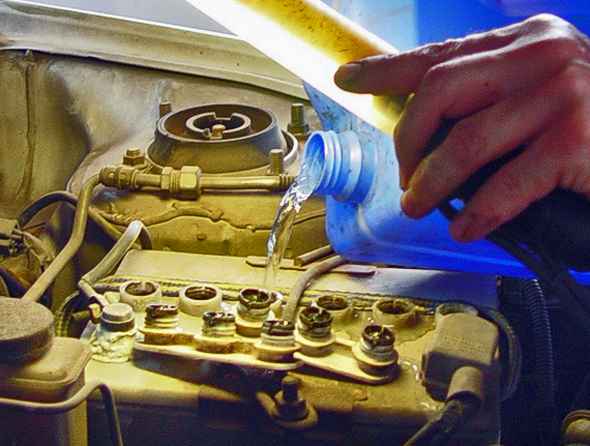A water battery typically refers to a type of energy storage system that uses water as a medium to store and release energy. There are a few different types of water batteries.
- Pumped Hydro Storage: This is the most common type of water battery. It involves pumping water from a lower reservoir to a higher reservoir when excess electricity is available (typically during periods of low demand or high renewable energy generation). When electricity is needed, the water is released from the higher reservoir, flowing downhill through turbines to generate electricity.
- Compressed Air Energy Storage (CAES): While not directly using water as a storage medium, CAES systems can be considered a form of water battery because they often use underground caverns or aquifers flooded with water to store compressed air. During times of excess electricity, air is compressed and stored underground. When electricity is needed, the compressed air is released, heated using natural gas or other fuels, and expanded through turbines to generate electricity.
- Hydrogen Production via Water Electrolysis: Water electrolysis involves splitting water into hydrogen and oxygen using electricity. The hydrogen can then be stored and used as a fuel for various applications, including electricity generation in fuel cells. While not a direct form of energy storage like the other methods mentioned, hydrogen produced via water electrolysis can serve as a form of energy storage, especially when integrated with fuel cell systems.
In all these cases, water plays a crucial role in the storage and release of energy, either directly as a medium for storing potential energy (as in pumped hydro storage) or indirectly in facilitating energy conversion processes (as in CAES and water electrolysis).


